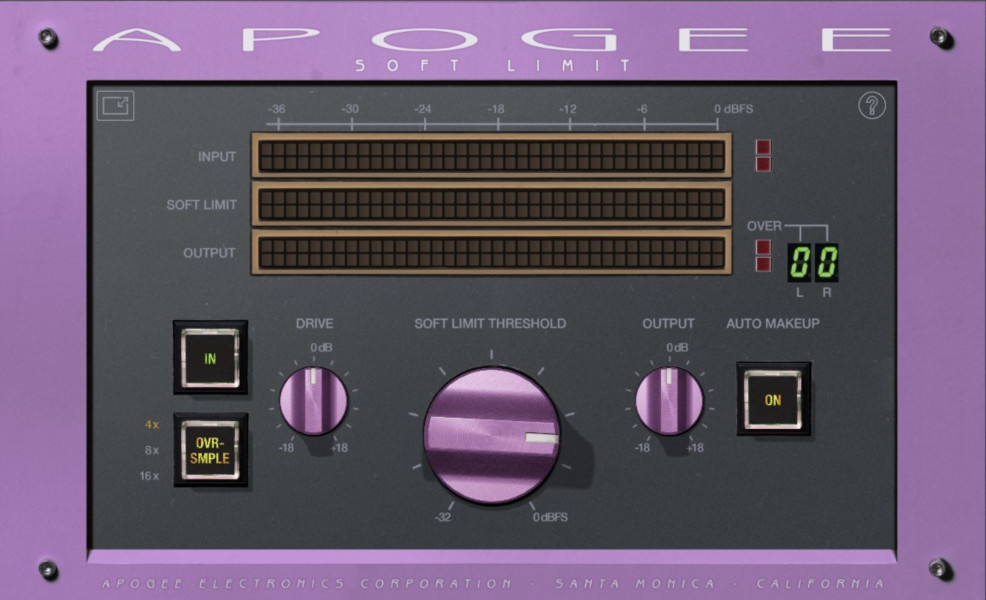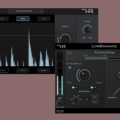Contents

Introduction: Streamlining Music Production in the Fast Lane
Modern music production demands have reached unprecedented levels. Producers juggle tight deadlines, evolving genre expectations, and the constant pressure to deliver radio-ready tracks—often from home studios with limited acoustic treatment. The traditional approach of manually tweaking dozens of parameters across multiple plugins simply doesn't scale with today's production timelines.
iZotope has responded to these challenges with a comprehensive ecosystem of AI-powered mixing tools that automate complex audio processing tasks while maintaining professional quality. From intelligent vocal processing to adaptive mastering algorithms, these plugins represent a paradigm shift toward workflow efficiency without creative compromise.
This comprehensive analysis examines iZotope's flagship automated mixing solutions and how they're reshaping the audio production landscape in 2025.
Intelligent Mixing Automation: Neutron 5's Revolutionary Approach

The Power of AI-Driven Mix Analysis
Neutron 5 stands as iZotope's most sophisticated mixing suite, featuring an enhanced Mix Assistant that analyzes audio content and creates custom signal chains tailored to specific instruments and mix contexts. This AI-powered approach dramatically reduces the time traditionally spent on initial mix setup while providing professional-grade starting points.
The Mix Assistant leverages machine learning trained on thousands of professional mixes to identify optimal processing chains. Whether working with aggressive drums, delicate acoustic guitars, or complex synth patches, the assistant adapts its recommendations based on the audio's spectral content and dynamic characteristics.
Please also check out professional reviews of Neutron 5.
Revolutionary New Modules in Neutron 5
Clipper represents a significant advancement in peak control technology. Unlike traditional limiters that can introduce pumping artifacts, Clipper uses multi-band soft clipping with Mid/Side and Transient/Sustain processing modes. This allows engineers to add power while reclaiming headroom—particularly valuable when working with dense modern arrangements.
Density functions as a surgical upward compressor, automatically smoothing dynamics while enhancing presence and detail. This module excels at keeping key elements prominent in busy mixes without the complex gain staging typically required for parallel compression techniques.
Phase addresses one of mixing's most persistent challenges: phase coherence. The module analyzes asymmetry within signals and identifies phase issues between tracks, offering both visual feedback and corrective processing. This automation eliminates hours of manual phase checking that can derail mixing sessions.
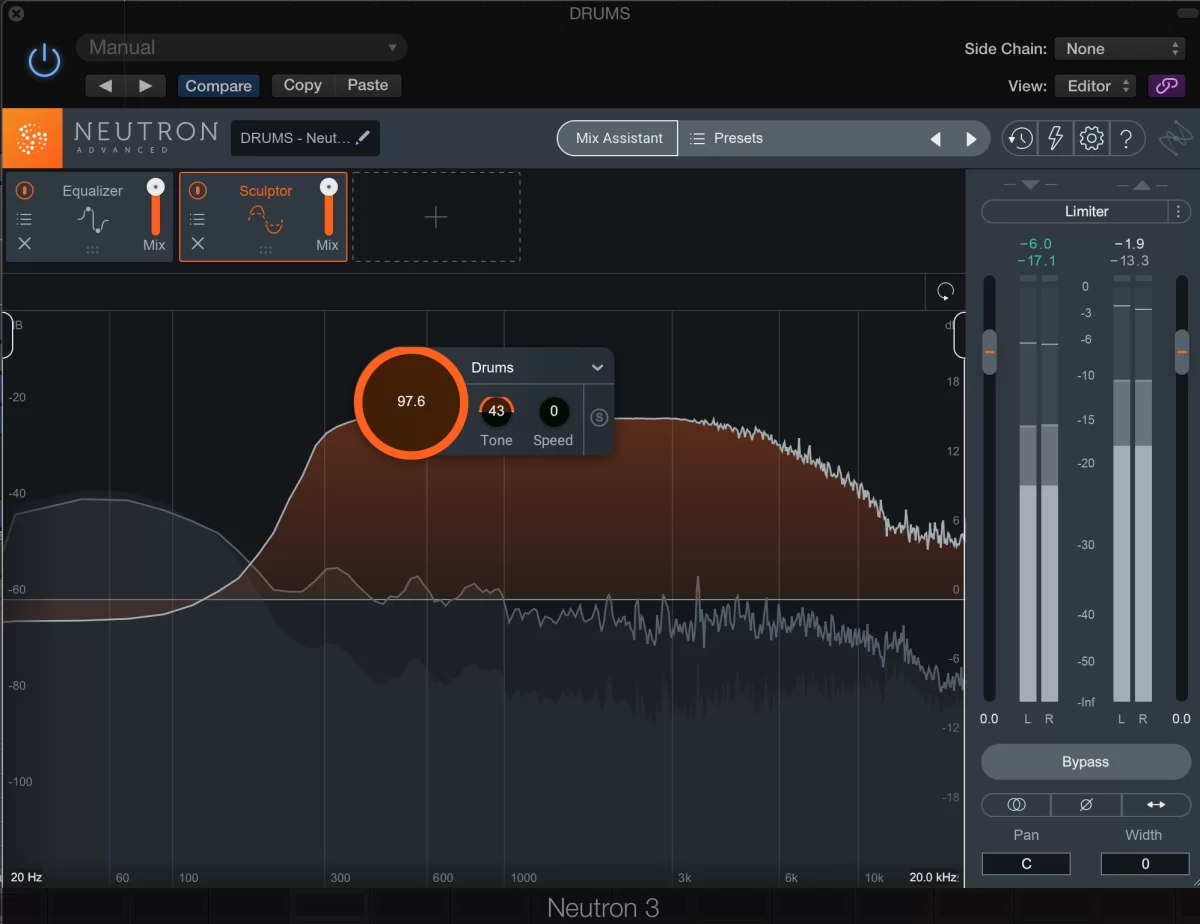
Channel Modes: Precision Through Intelligent Targeting
Neutron 5's Transient/Sustain and Mid/Side channel modes provide unprecedented control over how processing affects different aspects of audio signals. Engineers can apply compression to only the transient content of a bass guitar while leaving sustained notes untouched, or use harmonic excitement exclusively on the stereo sides of a drum bus.
These targeting capabilities transform traditional mixing approaches. Instead of broad-stroke processing that affects entire signals, Neutron 5 enables surgical intervention that preserves musical intent while solving specific technical challenges.
Adaptive Mastering Intelligence: Ozone 11's Advanced Processing

Beyond Traditional Mastering Limitations
Ozone 11 introduces groundbreaking mastering technology that adapts to audio content in real-time. The Clarity module represents a paradigm shift in spectral processing, analyzing frequency content and maximizing spectral power only where needed. This intelligent approach delivers increased loudness without the frequency masking and dynamic compression artifacts common in traditional mastering chains.
Stem Focus: Revolutionary Mix Rescue Technology
Perhaps Ozone 11's most innovative feature, Stem Focus uses AI to isolate and process individual elements within mixed audio. Engineers can apply EQ, compression, or other processing to vocals, drums, or instruments after they've been mixed—capabilities that were previously impossible without access to individual stems.
This technology proves invaluable for mastering engineers working with less-than-ideal mixes or producers who need to make last-minute adjustments without returning to the mixing stage. Stem Focus essentially provides a "remix" capability within the mastering environment.
Intelligent Vocal Balance and Master Assistant Evolution
The Assistive Vocal Balance feature demonstrates Ozone 11's machine learning capabilities applied to one of mastering's most critical decisions: vocal placement. By analyzing hundreds of commercially successful tracks, the AI learned optimal vocal-to-music balance ratios across different genres and can automatically adjust these relationships in new material.
The upgraded Master Assistant incorporates tonal balance, width, and impact targets derived from current hit songs, ensuring masters align with contemporary loudness and frequency distribution standards. This automation significantly reduces the guesswork in achieving commercially competitive masters.
Comprehensive Vocal Production: Nectar 4's Unified Approach

Eliminating Vocal Processing Complexity
Nectar 4 addresses vocal production's inherent complexity by unifying multiple processing stages into an intelligent, cohesive system. The Vocal Assistant analyzes incoming audio and recommends processing chains optimized for the specific vocal performance and genre context.
Advanced Automation Features
ALM (Auto Level Module) represents a breakthrough in vocal consistency management. Unlike traditional compressors that can introduce artifacts, ALM acts as an intelligent recording engineer, maintaining optimal vocal levels throughout performances without the pumping or breathing effects common in heavy compression.
Voices module automates complex vocal layering, creating sophisticated harmonies without requiring deep knowledge of voice leading or harmonic theory. Producers can achieve dense, professional vocal arrangements in minutes rather than hours.
Backer generates realistic background vocals that sit naturally behind lead performances. This AI-driven vocal synthesis can complete demo tracks or add creative textures to finished productions, dramatically expanding arrangement possibilities for solo producers.
Integration with Melodyne 5 Essential
Nectar 4's inclusion of Melodyne 5 Essential provides professional-grade pitch correction within the larger vocal processing framework. This integration eliminates plugin switching and maintains consistent latency compensation across the vocal chain.
Surgical Audio Repair: RX 11's Machine Learning Revolution

Real-Time Problem Solving
RX 11 transforms audio repair from a time-intensive post-production task into an integrated workflow component. The enhanced Repair Assistant uses neural networks to automatically identify and propose fixes for common audio problems, dramatically reducing the technical expertise required for effective audio restoration.
Dialogue Isolate: Revolutionary Real-Time Processing
The completely overhauled Dialogue Isolate module now processes in real-time with negligible latency, making it practical for live monitoring and tracking situations. This capability is particularly valuable for podcast production, video content creation, and home studio recording where acoustic treatment may be insufficient.
Dialogue De-reverb functionality within Dialogue Isolate addresses one of the most challenging audio repair scenarios: removing room tone and reflections from dialogue recordings. This automated processing preserves voice quality while eliminating distracting acoustic artifacts.
Loudness Optimize: Industry-First Mastering Tool
RX 11 introduces Loudness Optimize, the industry's first tool specifically designed to maximize perceived loudness while maintaining dynamic integrity. This module analyzes audio content and applies intelligent processing to achieve optimal loudness levels for streaming platforms and broadcast delivery.
Intelligent Effects Processing: Catalyst Series Innovation
Next-Generation Creative Tools
iZotope's Catalyst Series—comprising Plasma, Aurora, Cascadia, and Velvet—represents a new approach to creative effects processing, where intelligence eliminates common mixing problems while enhancing creative possibilities.
Plasma: Adaptive Saturation Technology
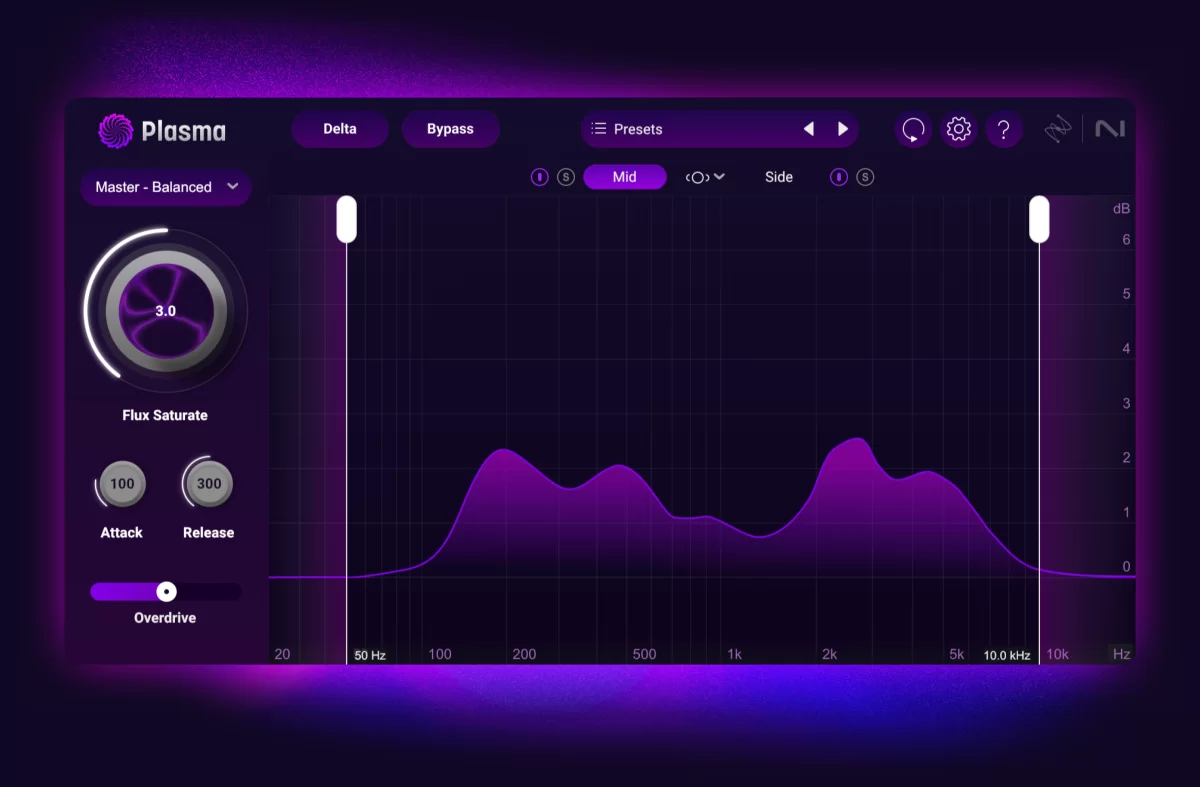
Plasma introduces Flux Saturation, which analyzes incoming audio and applies dynamic harmonic enhancement only where beneficial. Unlike static saturation processors, Plasma adapts its processing intensity based on signal content, ensuring optimal warmth and character without over-processing.
The plugin's Target Profiles provide genre-specific processing templates while Channel Modes enable precise targeting of stereo field components. This intelligent approach transforms saturation from a broad creative effect into a surgical mixing tool.
Aurora: Intelligent Reverb Without Frequency Masking

Aurora addresses reverb's fundamental challenge: creating spatial depth without frequency masking. The plugin's Adaptive Unmasking technology dynamically carves space in reverb signals, allowing instruments and vocals to maintain clarity while benefiting from realistic spatial enhancement.
This intelligent processing eliminates the traditional trade-off between reverb depth and mix clarity, enabling lush, three-dimensional soundscapes that remain focused and professional.
Cascadia: Clean Delay Processing
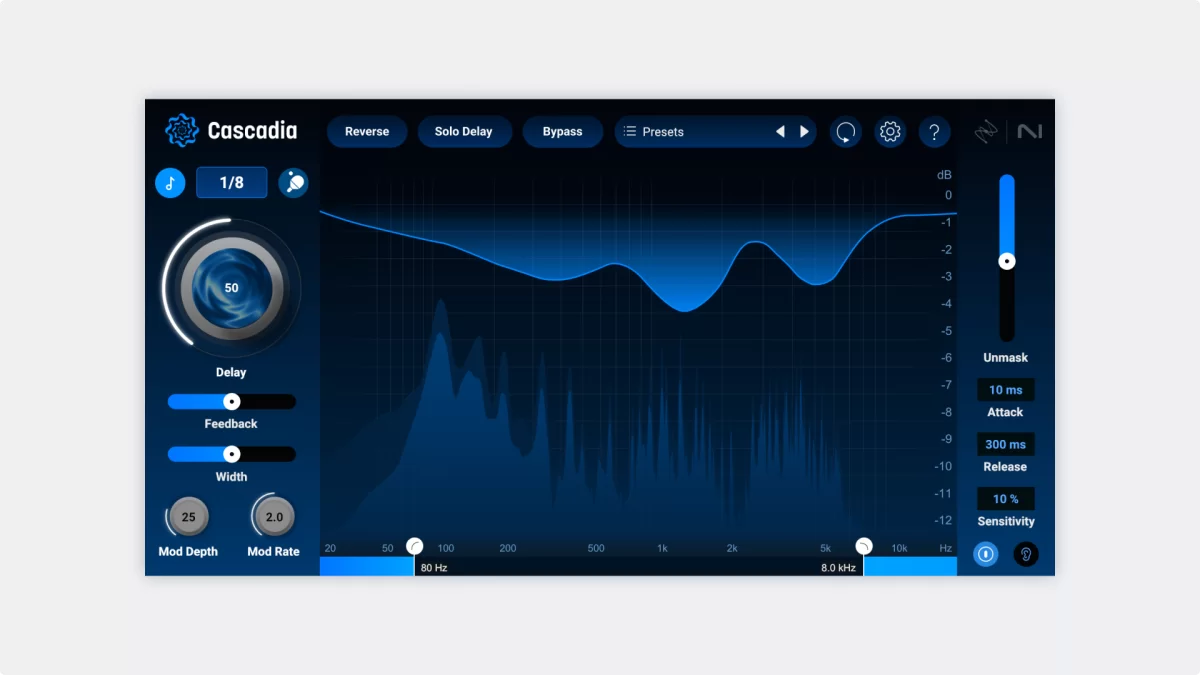
Cascadia applies similar unmasking intelligence to delay effects, ensuring that rhythmic and spatial enhancements don't interfere with primary signal clarity. The plugin automatically creates space for dry signals while maintaining delay character and timing relationships.
Velvet: Revolutionary De-Essing Technology
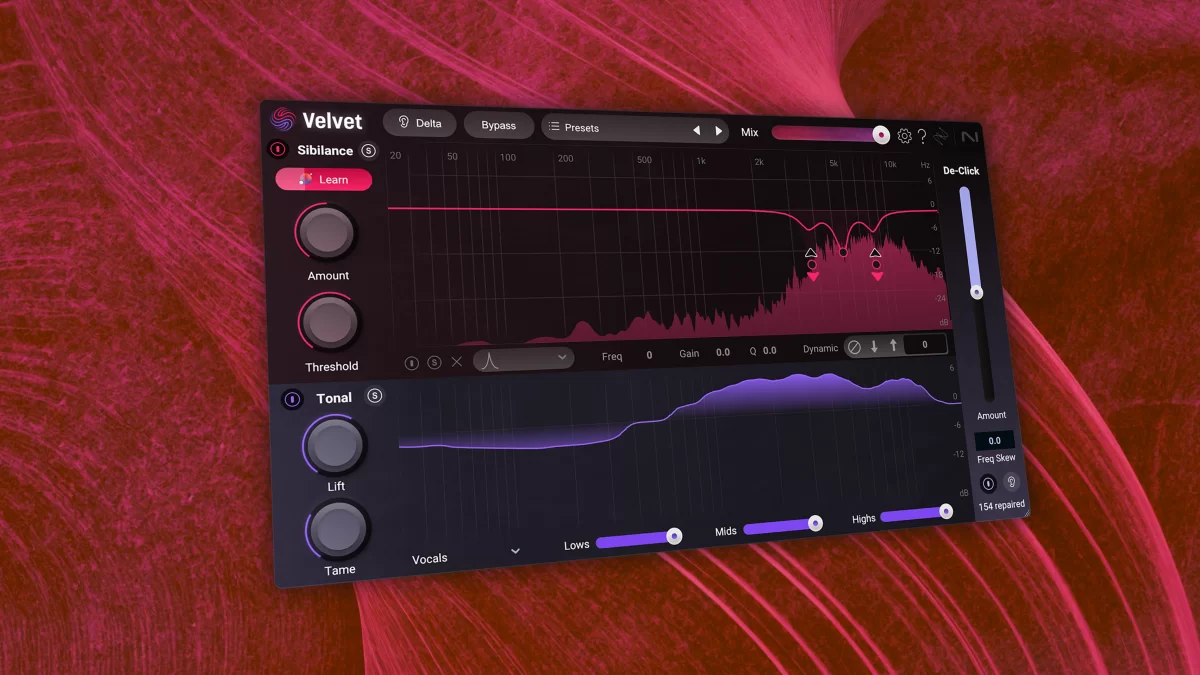
Velvet transforms vocal sibilance control by separating sibilant and tonal content for independent processing. This approach enables transparent harsh frequency reduction while maintaining vocal character—addressing de-essing's traditional artifacts and limitations.
The Sibilance Learn function automatically identifies problematic frequencies, while dynamic tone shaping capabilities enhance vocal presence and character simultaneously.
Conclusion
iZotope's automated mixing ecosystem represents more than technological advancement—it embodies a fundamental shift toward intelligence-augmented creativity. By automating routine technical tasks and providing sophisticated starting points for complex processing, these tools free producers and engineers to focus on musical decisions rather than technical obstacles.
The integration of AI across mixing, mastering, vocal production, and audio repair creates a cohesive production environment where technical excellence becomes the baseline rather than the goal. This paradigm enables more artists to achieve professional results while allowing experienced professionals to explore creative territories previously constrained by time and technical limitations.
As music production continues evolving toward faster turnarounds and higher quality expectations, iZotope's intelligent automation provides essential infrastructure for meeting these demands without compromising artistic vision.
FAQ
How reliable is AI-powered mix automation for professional releases?
AI mixing assistants provide excellent starting points based on analysis of thousands of professional mixes. While they rarely require no adjustment, they consistently achieve 70-80% of desired results immediately, significantly reducing manual setup time. Professional engineers typically use these tools for initial setup and technical problem-solving while maintaining creative control over artistic decisions.
Can automated mastering match the quality of experienced mastering engineers?
Ozone 11's Master Assistant and advanced modules can achieve commercially competitive results, particularly for genres with established loudness and frequency distribution patterns. However, experienced mastering engineers still provide valuable perspective on artistic choices, brand consistency, and creative enhancement that pure automation cannot replicate. The best approach often combines automated technical processing with human creative oversight.
Do these plugins require specific DAW configurations for optimal performance?
Most iZotope plugins work effectively in any professional DAW supporting VST3, AU, or AAX formats. However, ARA2 integration in Logic Pro, Studio One, and Cubase provides enhanced workflow benefits, particularly for Neutron 5's spectral editing and RX 11's repair functions. Real-time processing features perform best with adequate CPU resources and proper buffer size configuration.
How do intelligent plugins handle unusual or experimental musical styles?
iZotope's machine learning algorithms excel with mainstream genres but may require more manual adjustment for experimental or hybrid styles. The AI assistants provide reasonable starting points even for unconventional material, but users working in experimental electronic music, avant-garde compositions, or highly processed genres should expect to make more significant manual adjustments while still benefiting from the technical automation features.
Can these automated tools integrate with existing analog or outboard gear workflows?
Yes, iZotope plugins work effectively in hybrid setups combining digital and analog processing. Many engineers use automated plugins for technical tasks like phase correction, surgical EQ, or vocal tuning while routing through analog compressors, EQs, or tape machines for character and warmth. The key is leveraging automation for precision tasks while preserving analog gear for creative coloration and musical enhancement.
